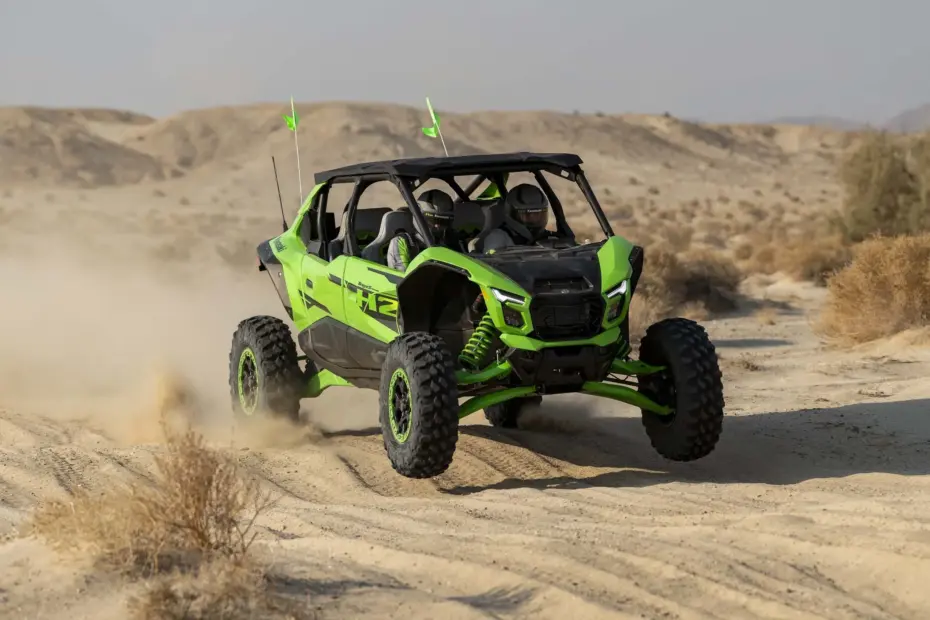Declared war in the side-by-side world. The Kawasaki Teryx H2 2026 arrives with 250 hp from a 1.0 supercharged engine that spins spinning high as hell and promises to be the most powerful production SxS on the planet. I tested the arguments, dissected the marketing, and bring you, straight up, what really matters.
Is the Teryx H2 the most powerful production SxS in the world?
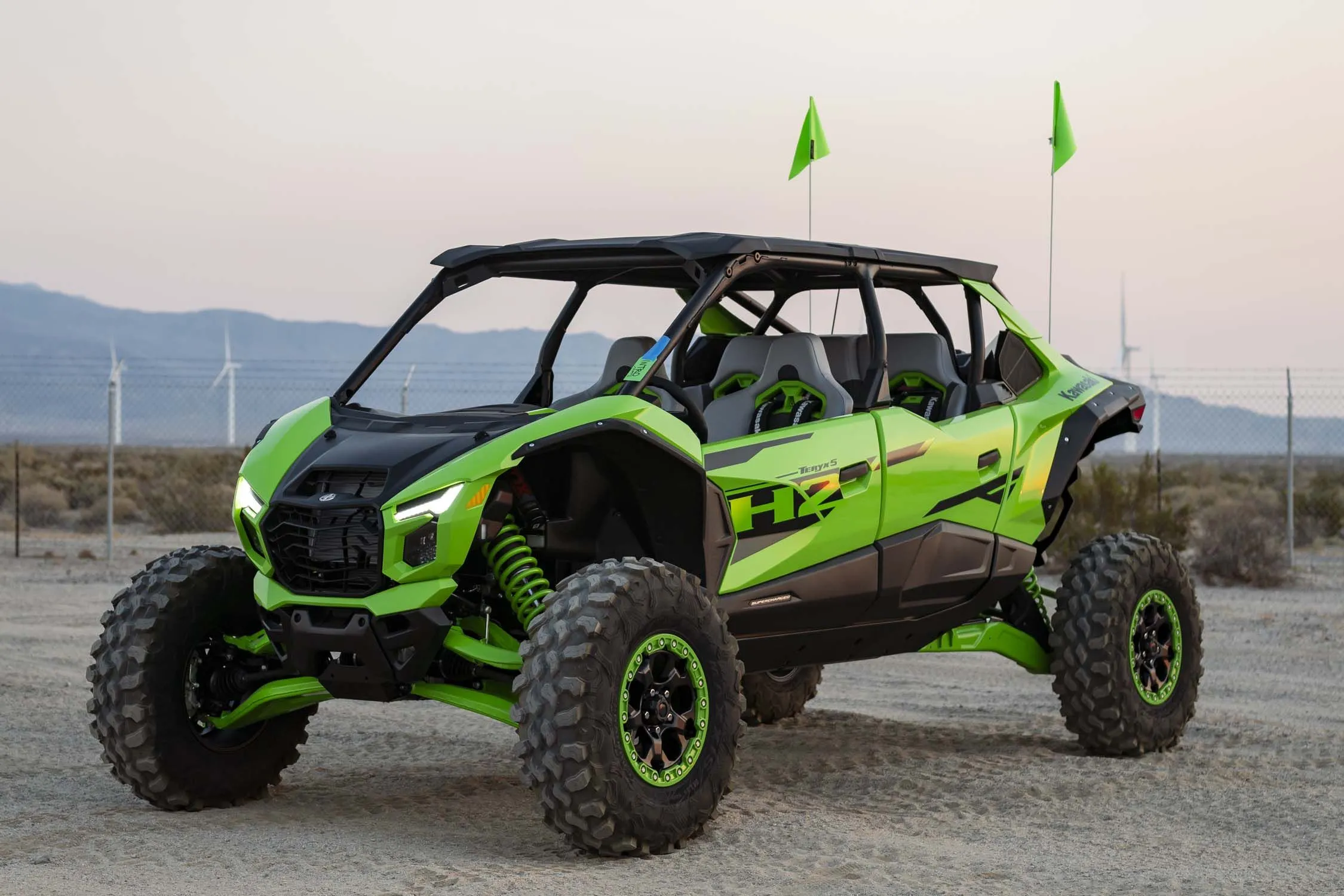
In numbers, yes: 250 hp announced at 9,000 rpm and 146 lb-ft at 8,800 rpm. The catch? Kawasaki uses a typical motorcycle ISO protocol to certify power, while rivals prefer SAE. Result: it causes confusion in direct comparison, and honestly, no one has the perfect ruler here. Still, what matters is that this 1.0 with supercharger pushes like a madman and seeks 101 mph on the speedometer in long straightaways. In this realm of exaggeration, electric off-road monsters like the Hummer EV with crab mode show that the numbers escalate globally and are real.
If you want a “square” technical benchmark, the reference standard for internal combustion engines is SAE J1349. The ISO method used here tends to be common in the motorcycle universe; there’s no “official conversion” between them. The moral of the story: declared power is one thing, actual trail performance is another. And the H2 delivers — and much more.
How does this 1.0 supercharged work and why does it scare?
The 1.0 is DOHC, 16 valves, aluminum block and head, eight injectors (four additional above 5,000 rpm), four 40 mm throttle bodies, and a gear-driven compressor. The 69 mm forged impeller spins up to approximately 130,000 rpm and delivers around 19 psi. It’s the DNA of the hypersport Ninja H2 adapted for trail riding; the synergy with the powerband up to 9,500 rpm is addictive, with no hiccups and a compressor/exhaust growl that gives chills. To understand the lineage, see the technical base of the Ninja H2.
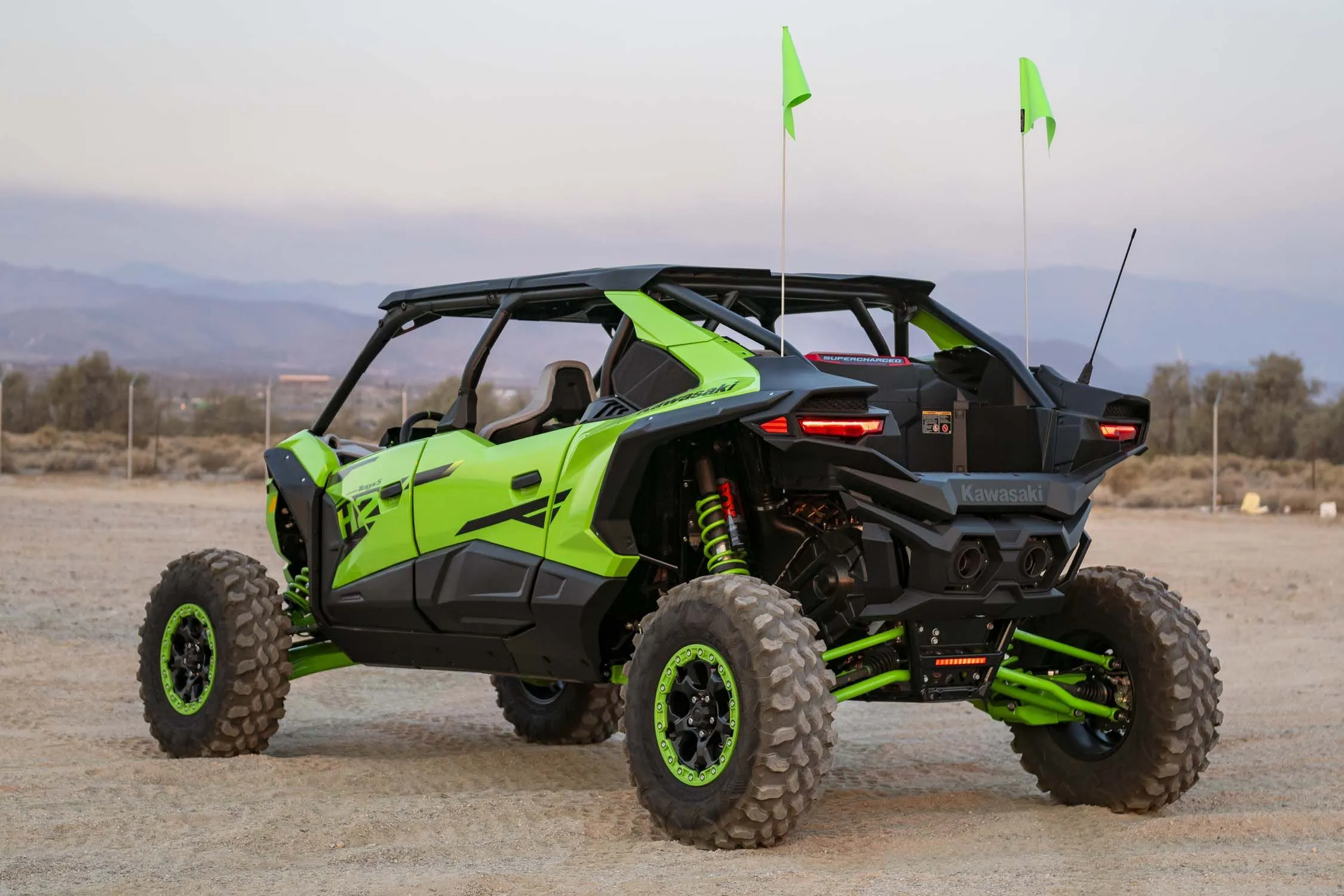
It has three maps: Low (60%), Mid (80%), and Full (100%). Let’s be straightforward: why the hell would anyone use less than 100%? Rarely makes sense outside extreme mud or heavy snow. In the most aggressive use, you can feel the breath up top — want to see provocation? Even the brand’s quadruped vehicle, the Kawasaki CORLEO, makes it clear how green engineering loves testing limits.
Can a CVT with a belt handle 250 hp in heavy off-road or does it become a headache?
Kawasaki opts for a belt CVT: simple, lightweight, and affordable compared to DCT. In light and normal throttle, acceleration is linear and efficient — with no gear shifts. But honest truth: belts get hot, temperature warnings appear, and yes, belts are consumable parts. In insane acceleration/deceleration, prepare your wallet and common sense. Meanwhile, heavy electric setups like the Silverado EV Trail Boss off-road handle heat differently: no belt, but thermal management becomes a show in itself.
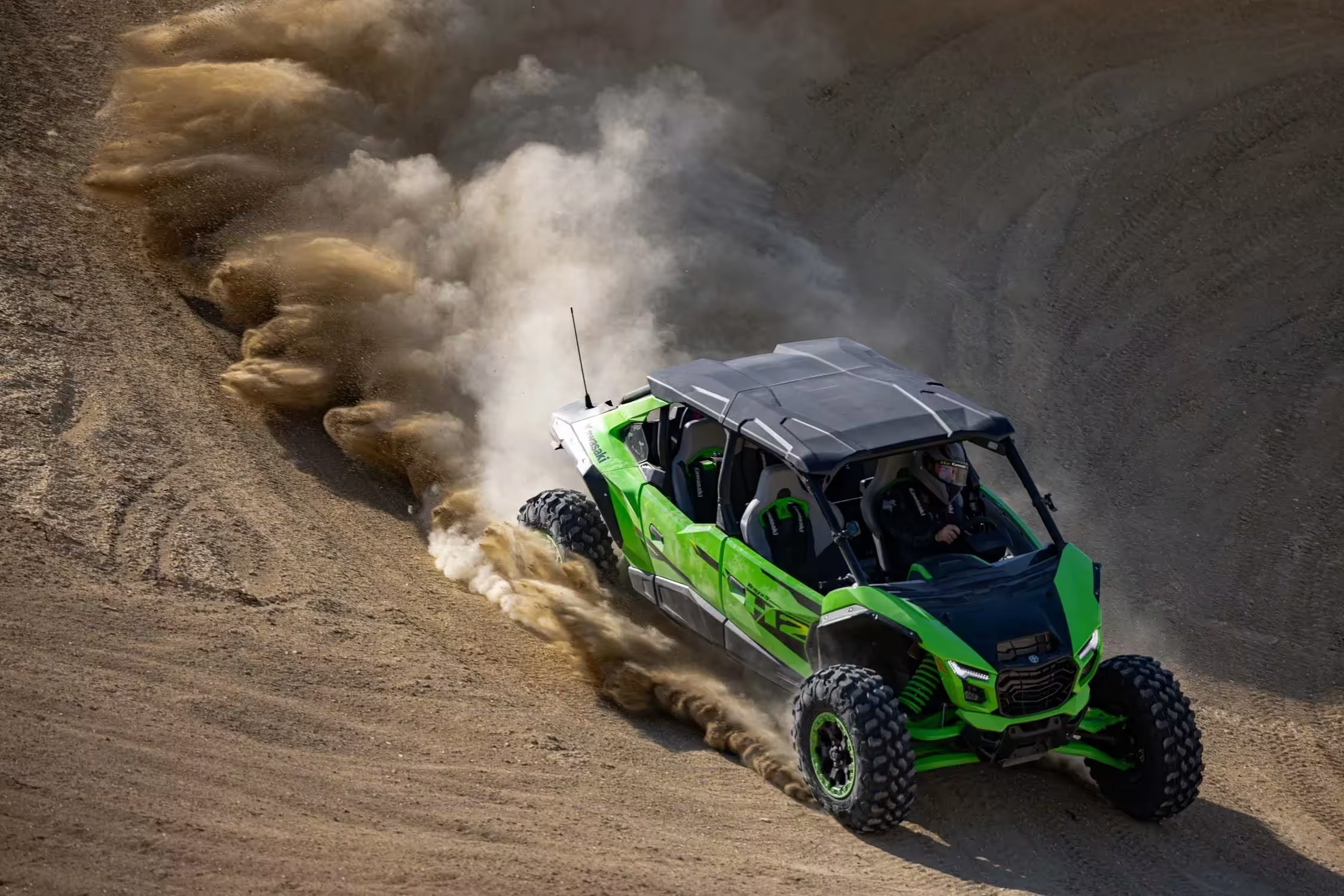
Regarding certified power, the classic ISO method for engines is ISO 1585, a test code for net power. Again: technical standards serve as a guide, but real conditions with dust, altitude, temperature, and aggressive use are the challenge. With the H2, I’d leave the ride with two certainties: review intake ducts and monitor CVT temperature when pushing crazy hard.
Suspension, tires, and stability: does it fly over dunes and rocks?
Yes, and with gusto. The H2 wears 33” Maxxis Carnivore Plus beadlock tires, with 23.2” front and 24.0” rear travel. In the Deluxe eS version, the electronic Fox Podium 3.0 Live Valve shocks are smart: accelerometers per damper, a 6-axis inertial unit, and steering/motor readings let the setup “guess” the trail. In quick whoops, the setup keeps the chassis glued to the terrain and cuts dive in braking with pretty aggressive balance.
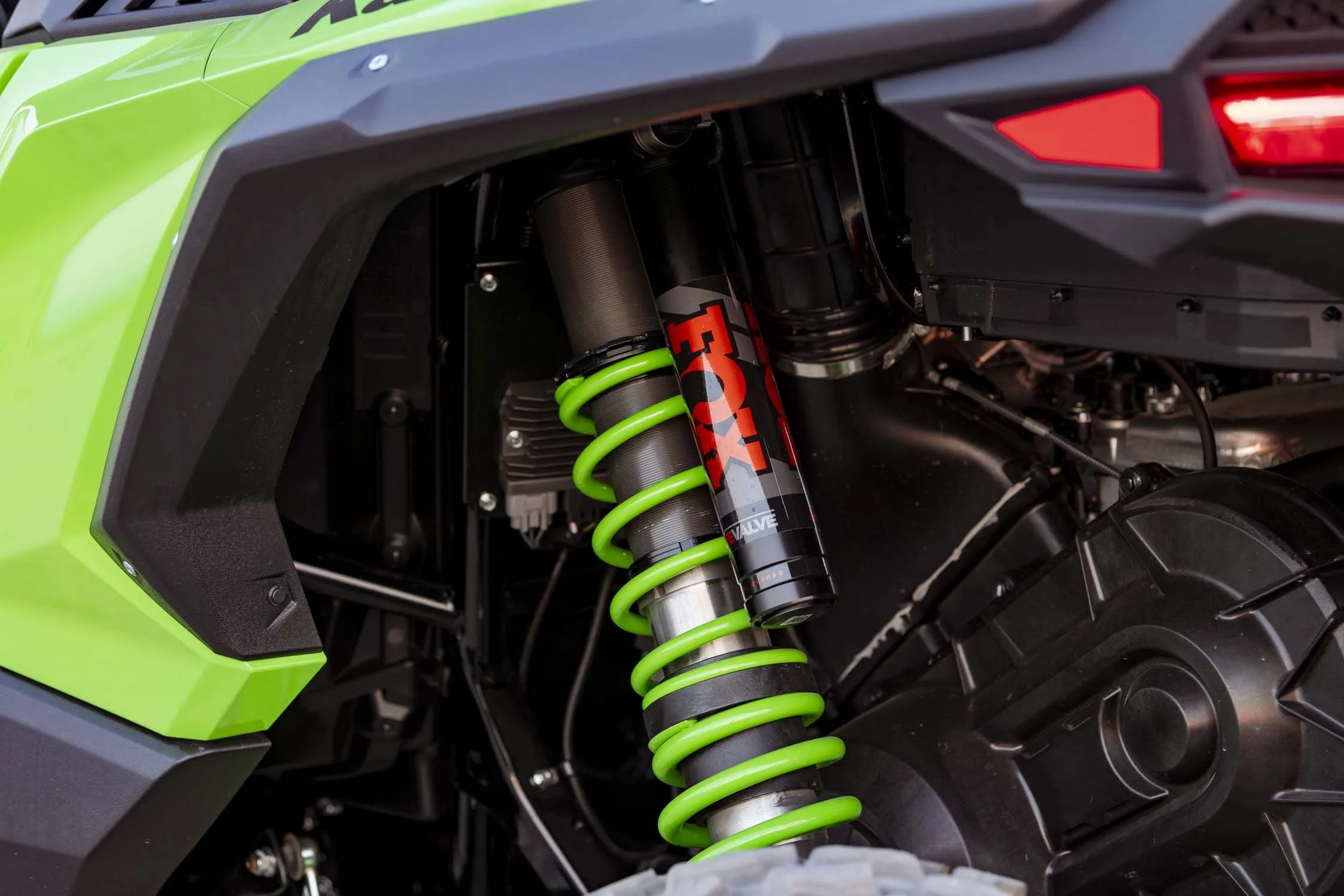
With 74.0” width, the Teryx H2 isn’t the king of anti-roll bars. In more aggressive corners, the “tippy” feeling appears more than in wider rivals, but the Live Valve compensates solidly. For those into technical trail riding, attack angles of 90° and 4WD Low gear ensure serious climbing. This setup aligns with extreme equipment like the Land Cruiser AT37, where tire size, beadlock, and height are the holy trinity.
Is it worth the cost? Versions, prices, equipment, and who it’s for?
Estimated global prices: Teryx4 H2 starting at $39,594; Teryx4 H2 Deluxe eS for $45,594; Teryx5 H2 Deluxe eS for $46,094. The base model comes without a roof or sound system and uses Fox shocks with external reservoir. The Deluxe eS adds a roof, 6-speaker sound, and Garmin infotainment with 10” touchscreen, navigation, buddy tracking, and off-road menus. Want to customize for raw luxury and stand out? Ideas seen in premium off-road like the Dovra Rig X show the way to elevate comfort without killing the trail spirit.
Key dimensions for real-world fit: wheelbase of 126.0”, overall length of 159.4”, height from 71.5” to 73.8”, and estimated dry weight between 2,450 and 2,500 lbs. Estimated performance? 0–60 mph in 5.5 seconds, quarter mile in 13.8 seconds, and top speed around 100 mph. Non-assisted brakes, with rear brakes activating first, reduce dive — simple and effective. Is it expensive? Yes. Is it over the top? Also yes. But the segment’s fun comes from pushing boundaries, and the H2 does it in style.
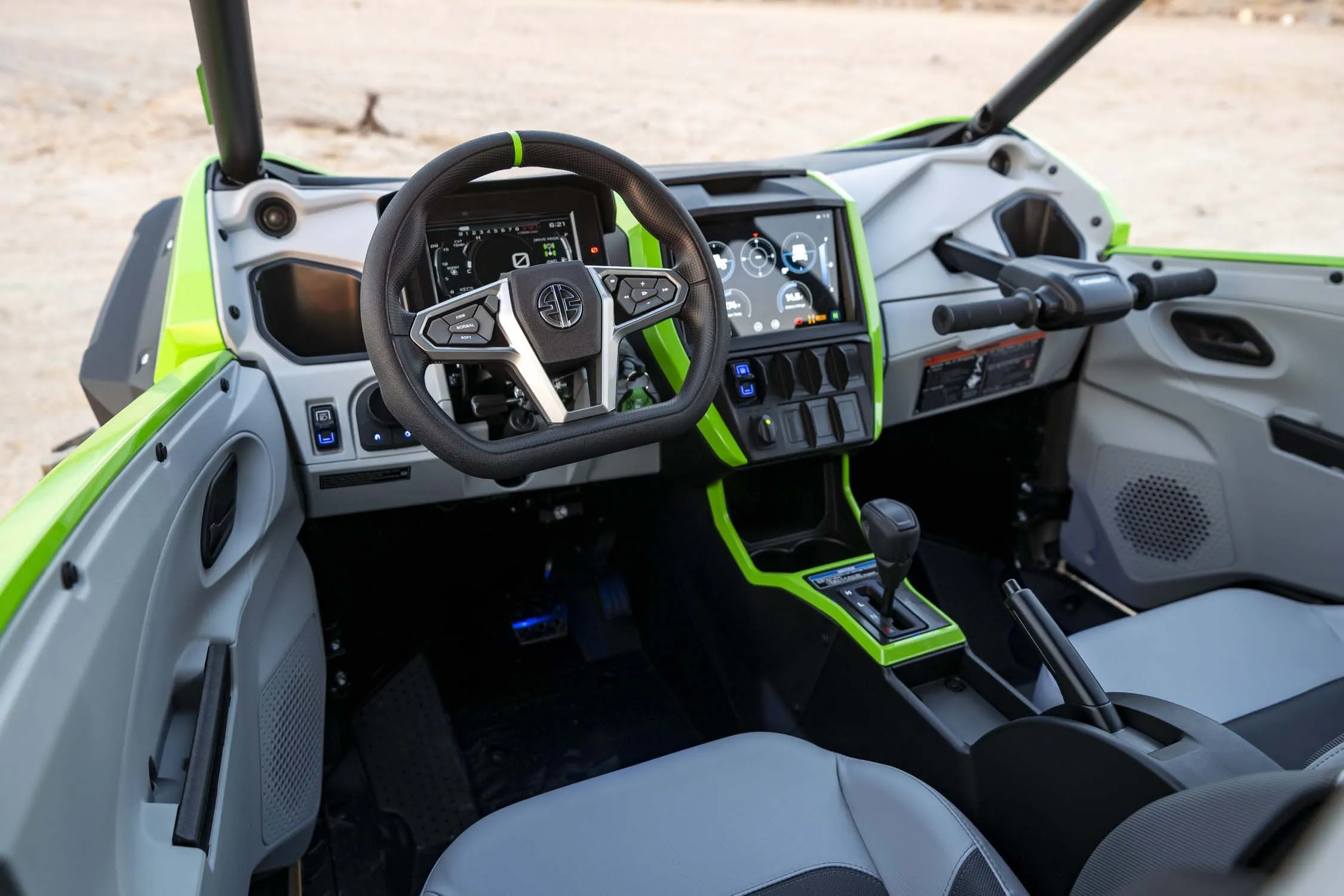
Why does it scare rivals? (10 points)
- 250 hp at 9,000 rpm
- 146 lb-ft at 8,800 rpm
- Impeller spinning at ~130,000 rpm
- About 19 psi of pressure
- Up to 101 mph indicated
- 33” beadlock tires standard
- Up to 24.0” of travel
- Smart Live Valve
- Modes 2WD/4WD/4Lo
- Angles of 90°
Quick comparison vs direct rivals
- Polaris RZR Pro R: 2.0 NA, 225 hp
- Can-Am Maverick R: 1.0 turbo I3, 240 hp
- Kawasaki Teryx H2: 1.0 SC I4, 250 hp
- Transmission: CVT vs DCT/rivals
- Suspension travel: top of segment
- Top speed: over 100 mph indicated
- Starting at $39,594
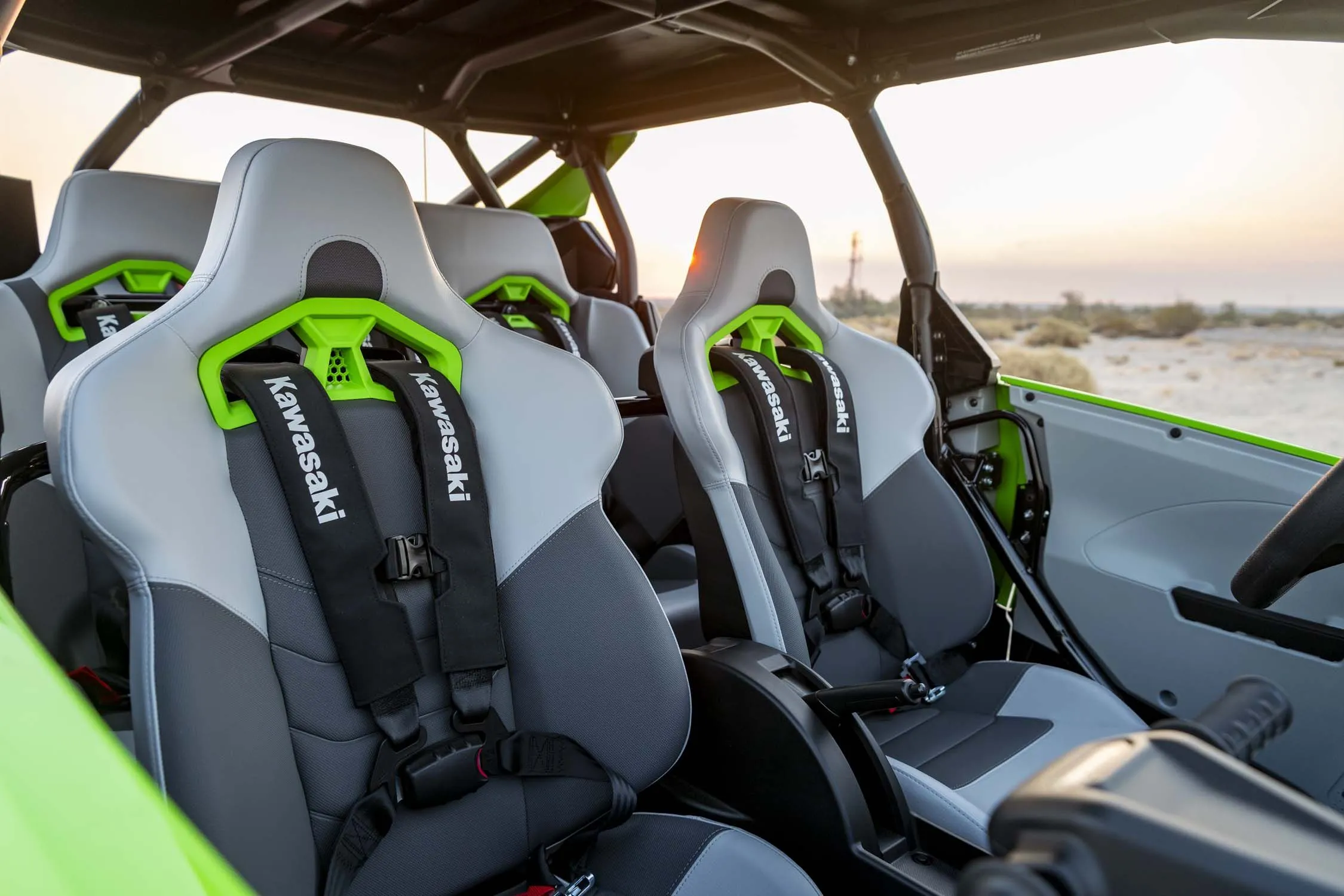
Quick FAQ
- Is the 250 hp “real”? It’s certified via ISO method; rivals use SAE. No direct conversion, but power delivery at high rpm is intense.
- Does the CVT break easily? Under abuse and heat, the belt suffers. Keeping airflow and smart throttle use saves money.
- Which version should I buy? Want customization? Stick to the base. Looking for plug-and-play luxury? Go for Deluxe eS with Fox Live Valve.
- Is it good for rock crawling? Yes: 4Lo, 90° approach/departure angles, and generous travel make technical trails less “drama.”
- Does it consume a lot? It’s pure performance; focus is on power and durability, not economy. No miracles here.
To put into perspective the global speed race, check out how extreme electric track projects raise the bar, like the Electric Ford SuperVan with 2000 hp — another demonstration that absurd numbers have become the new normal.
Opinion: the Teryx H2 is a pocket rocket. The engine derived from the H2 family is brilliant, and the suspension tuning, especially with Live Valve, elevates the game. The known downside: belt CVT at 250 hp is a coexistence, not a marriage — it requires care, ventilation, and a cool head. If you want an SxS that feels like a superbike on dirt, this is “the guy.” If you hate changing belts, consider DCT rivals. Either way, it’s one heck of a fun machine.
Liked it or disagree? Drop your comments: would you go for the Teryx H2, prefer a rival, or jump into an electric off-road project without a belt?
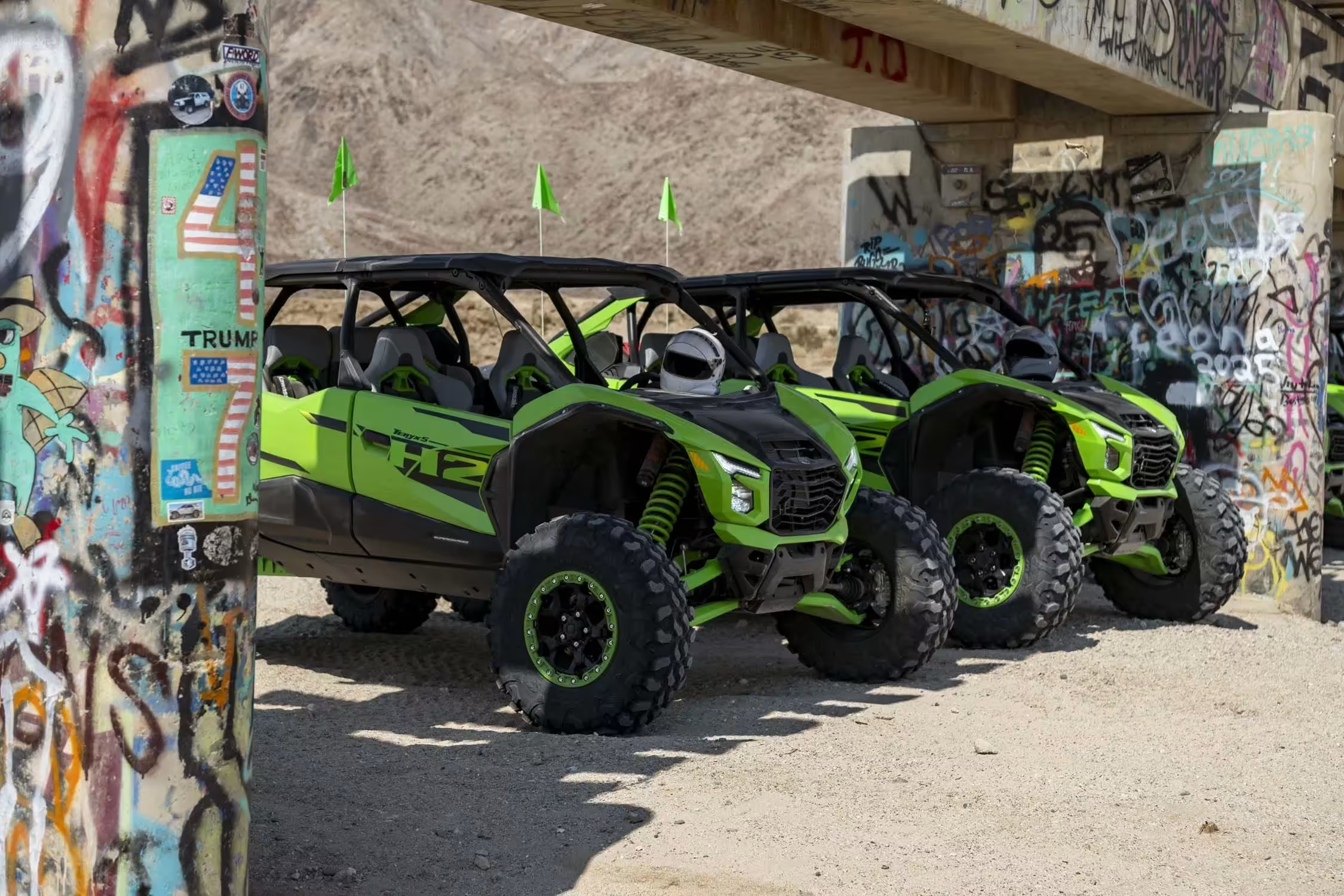
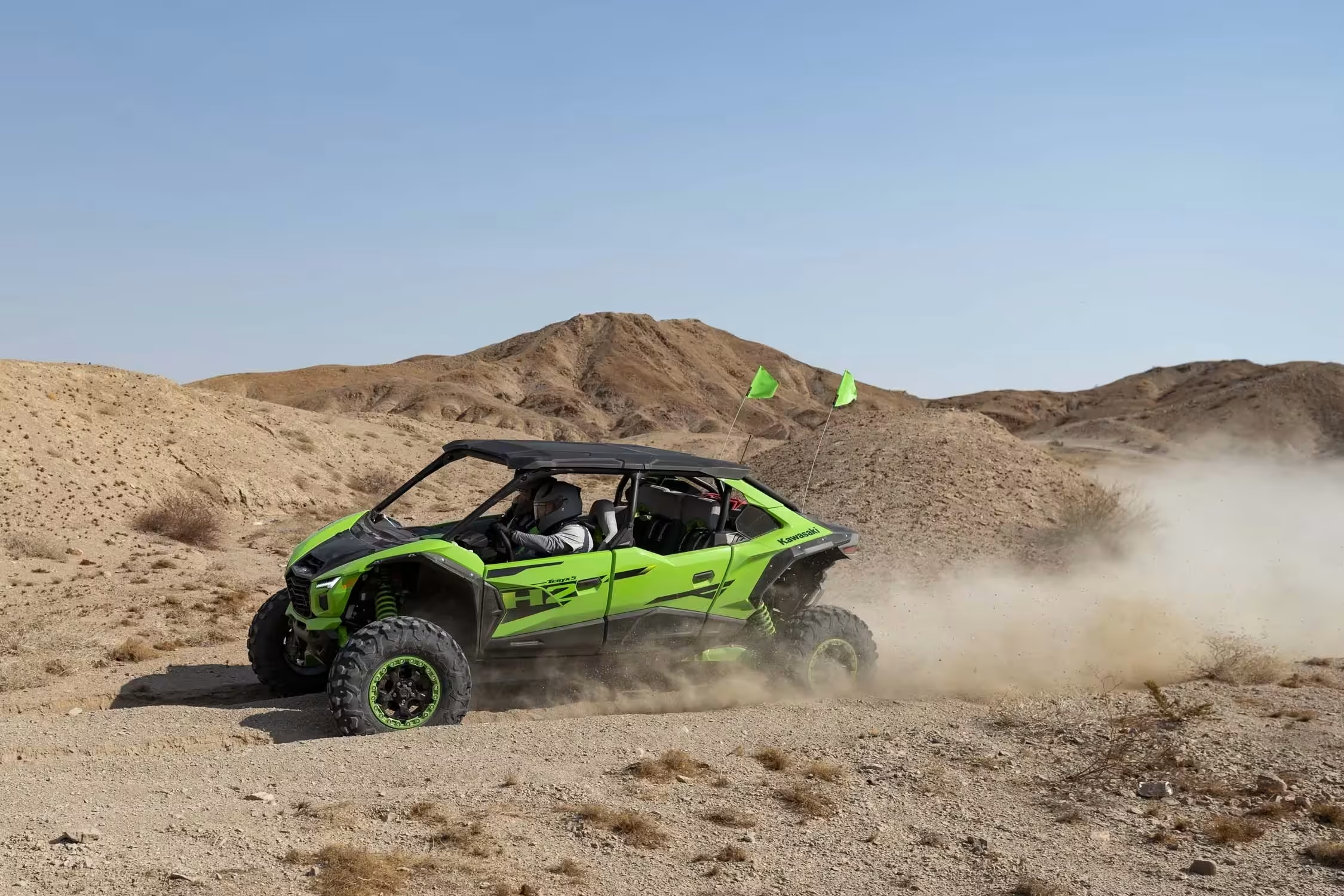
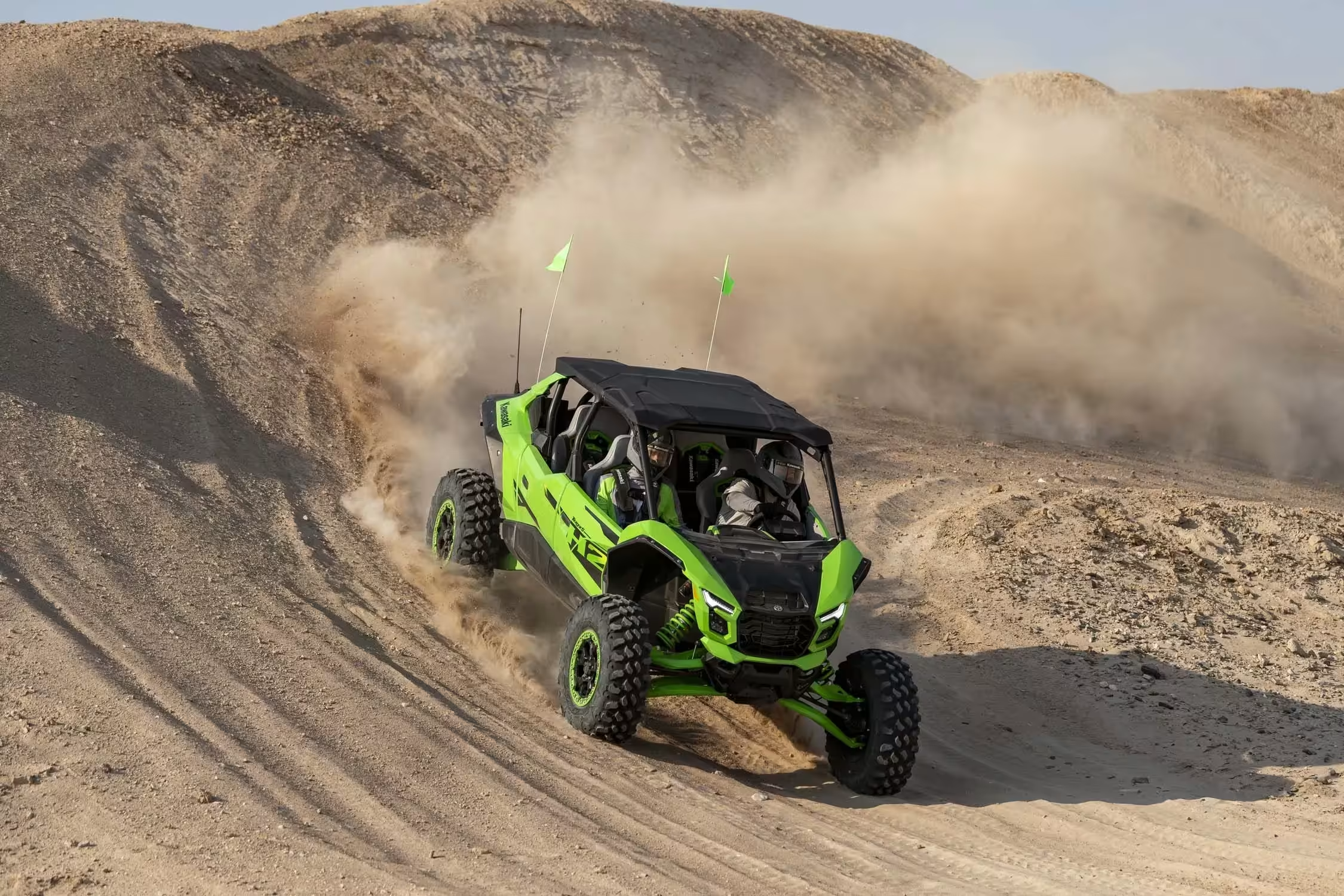

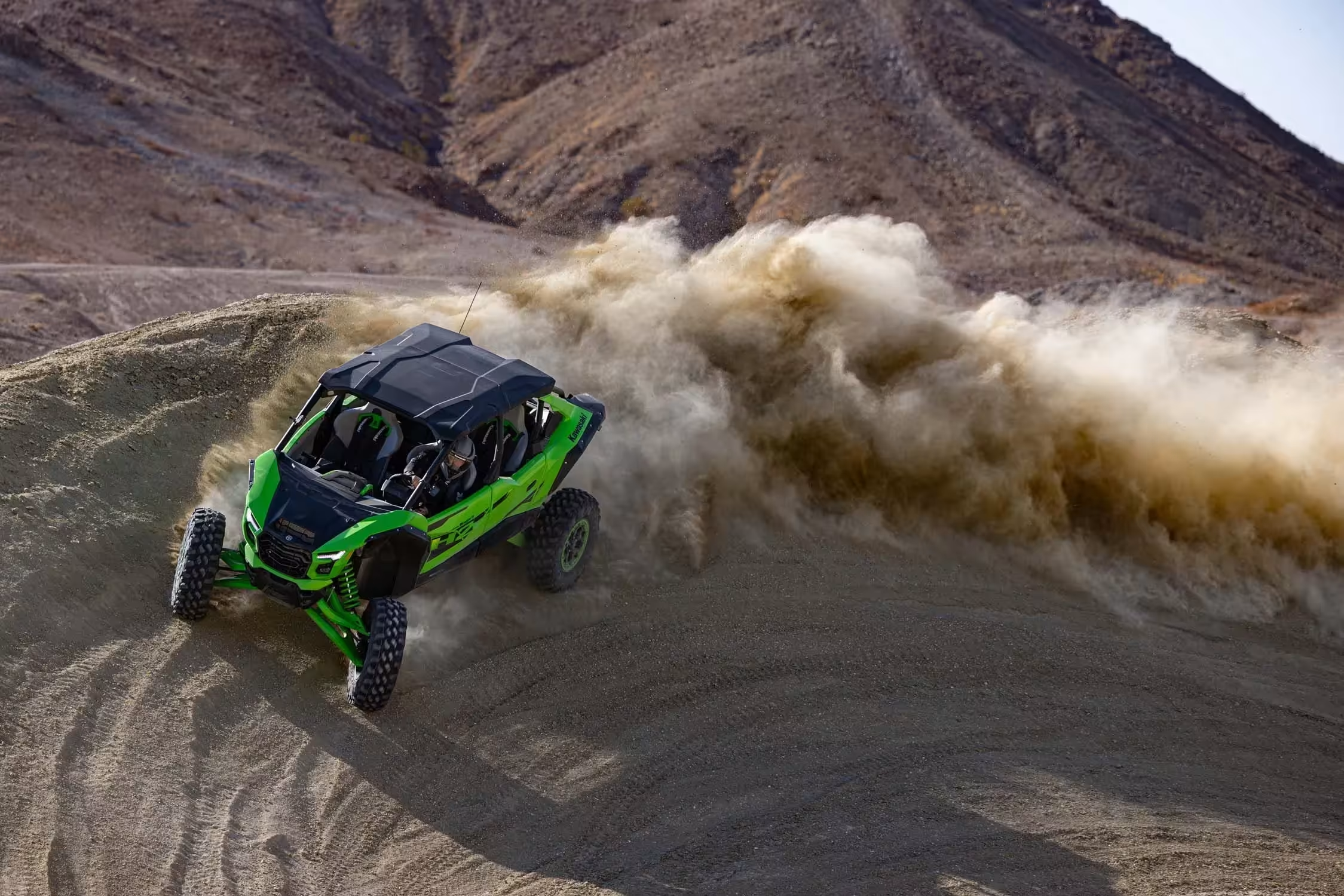
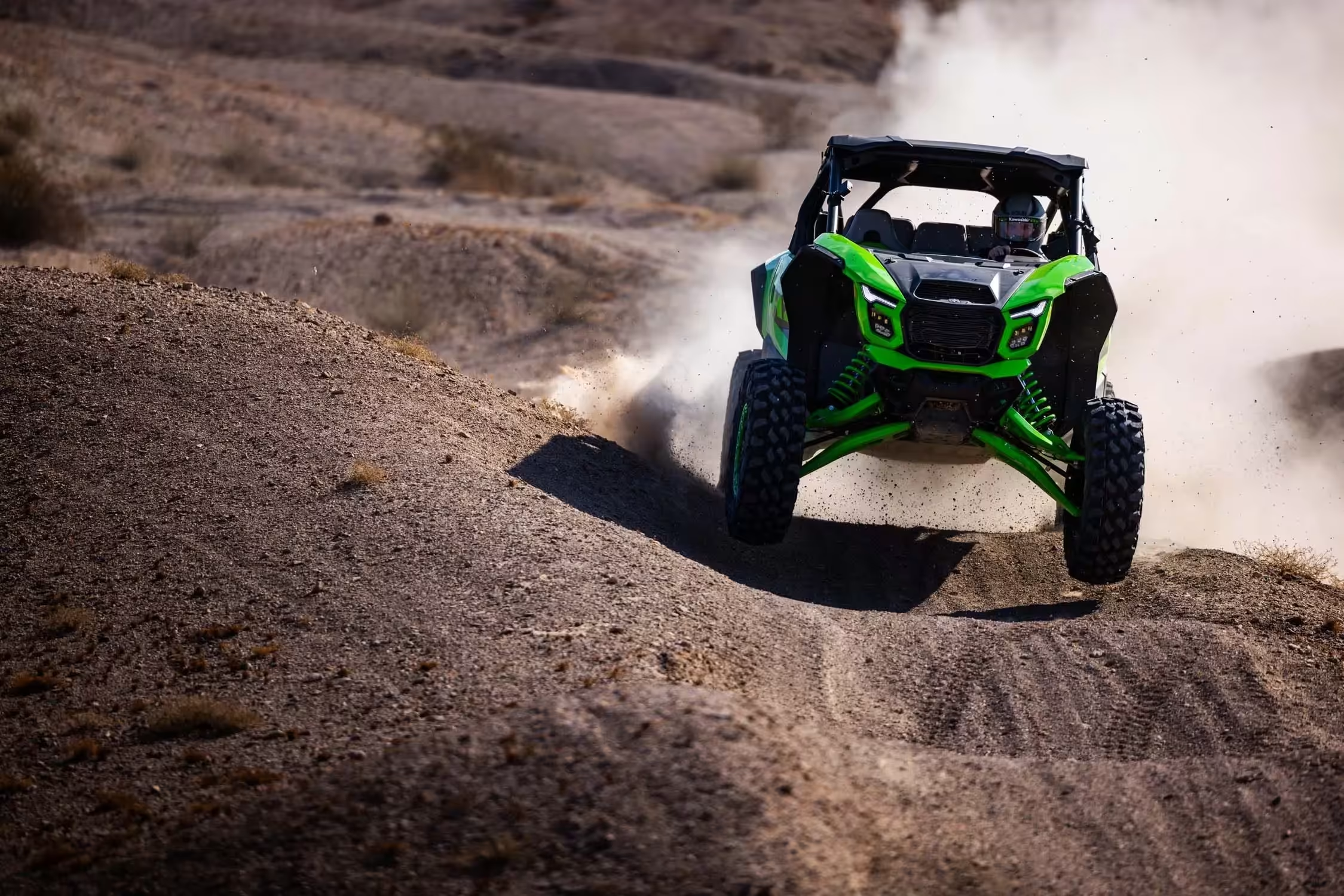
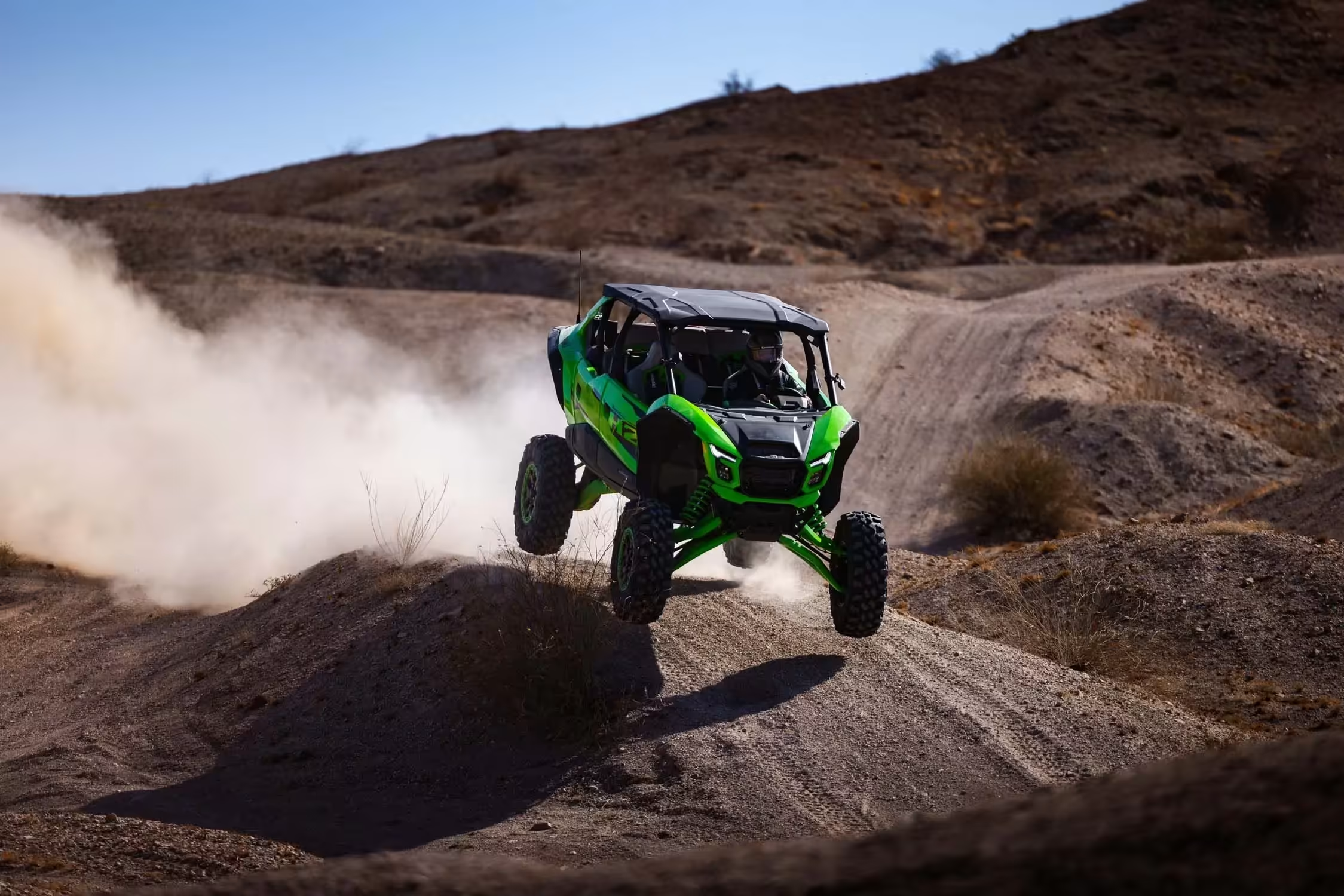

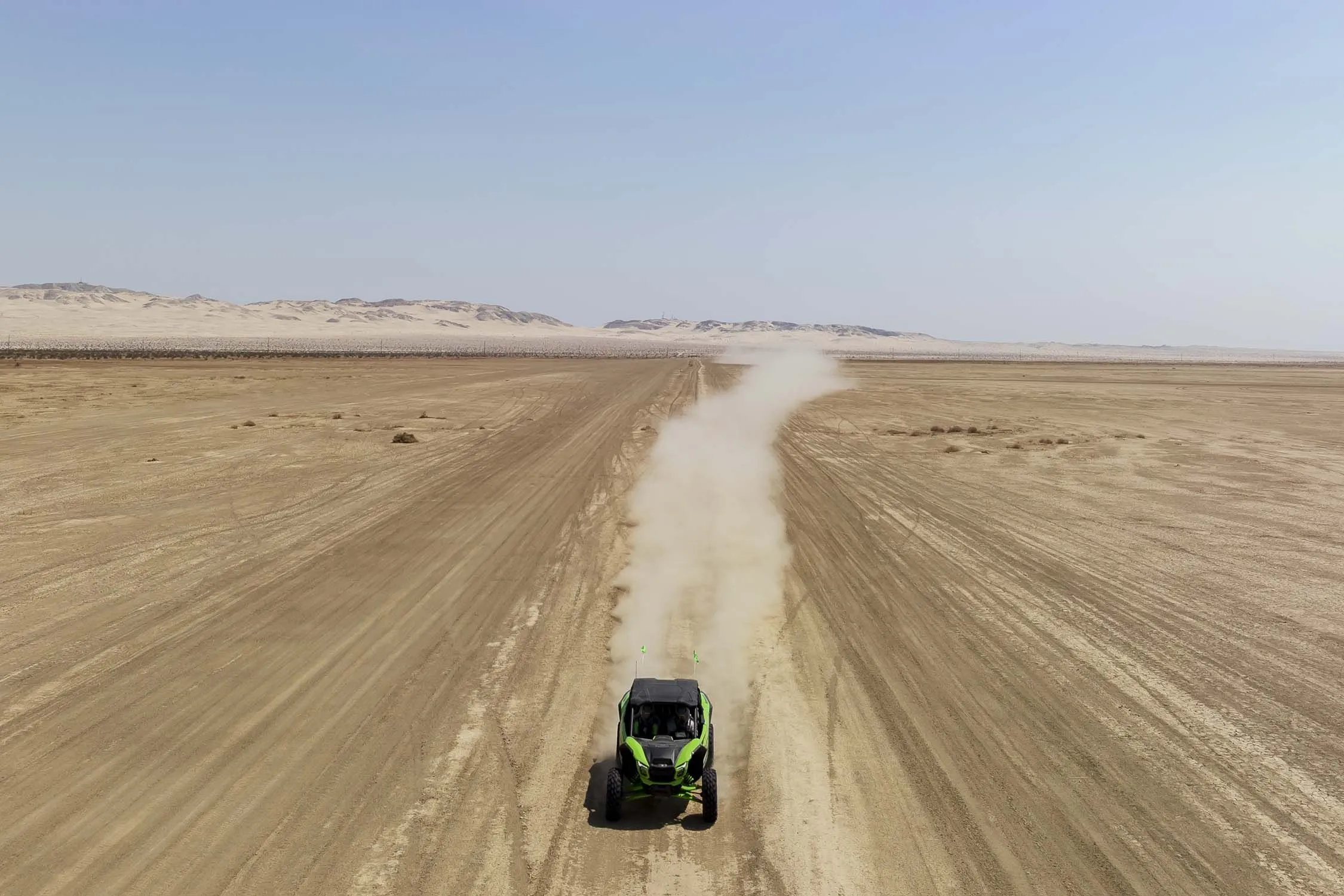
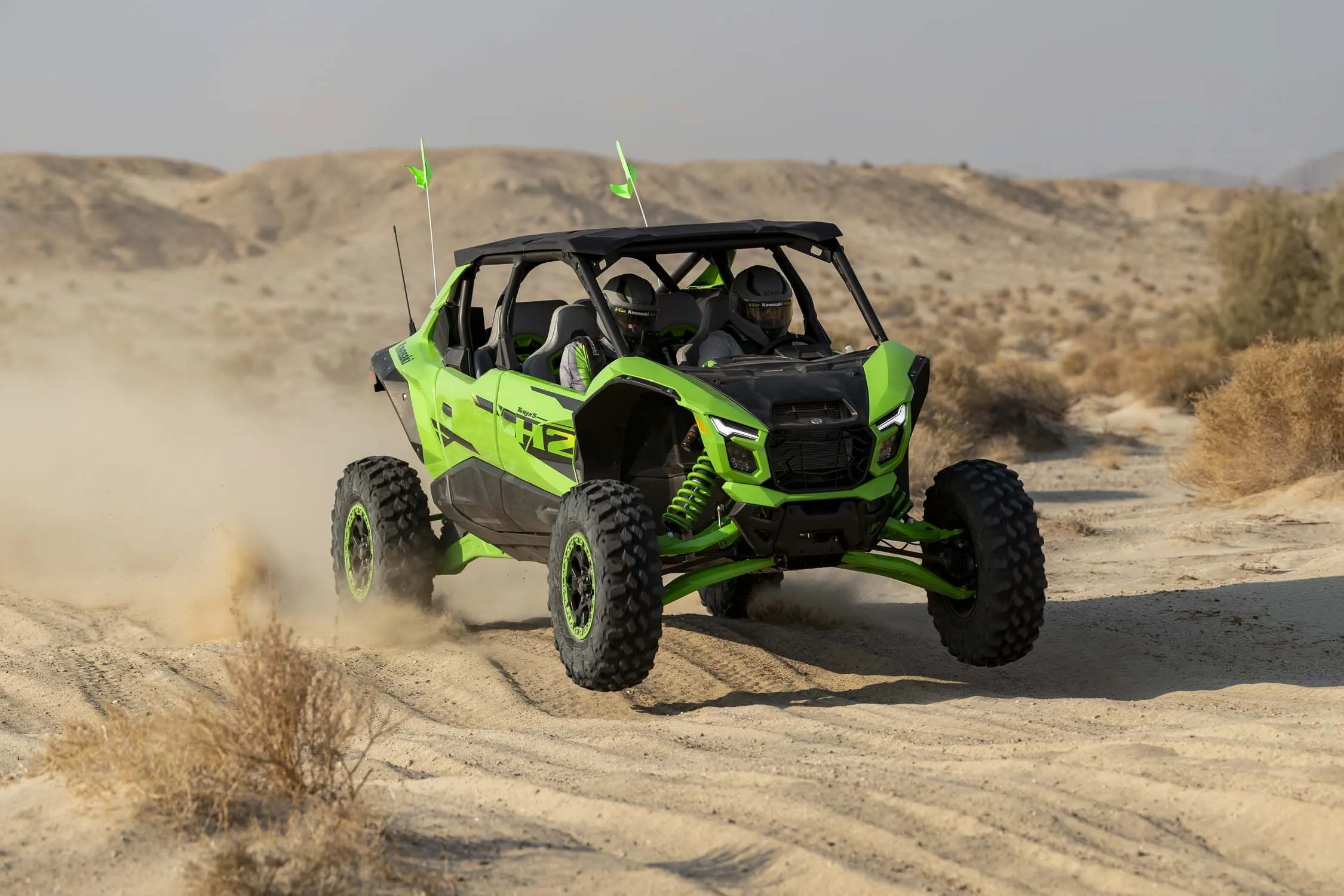
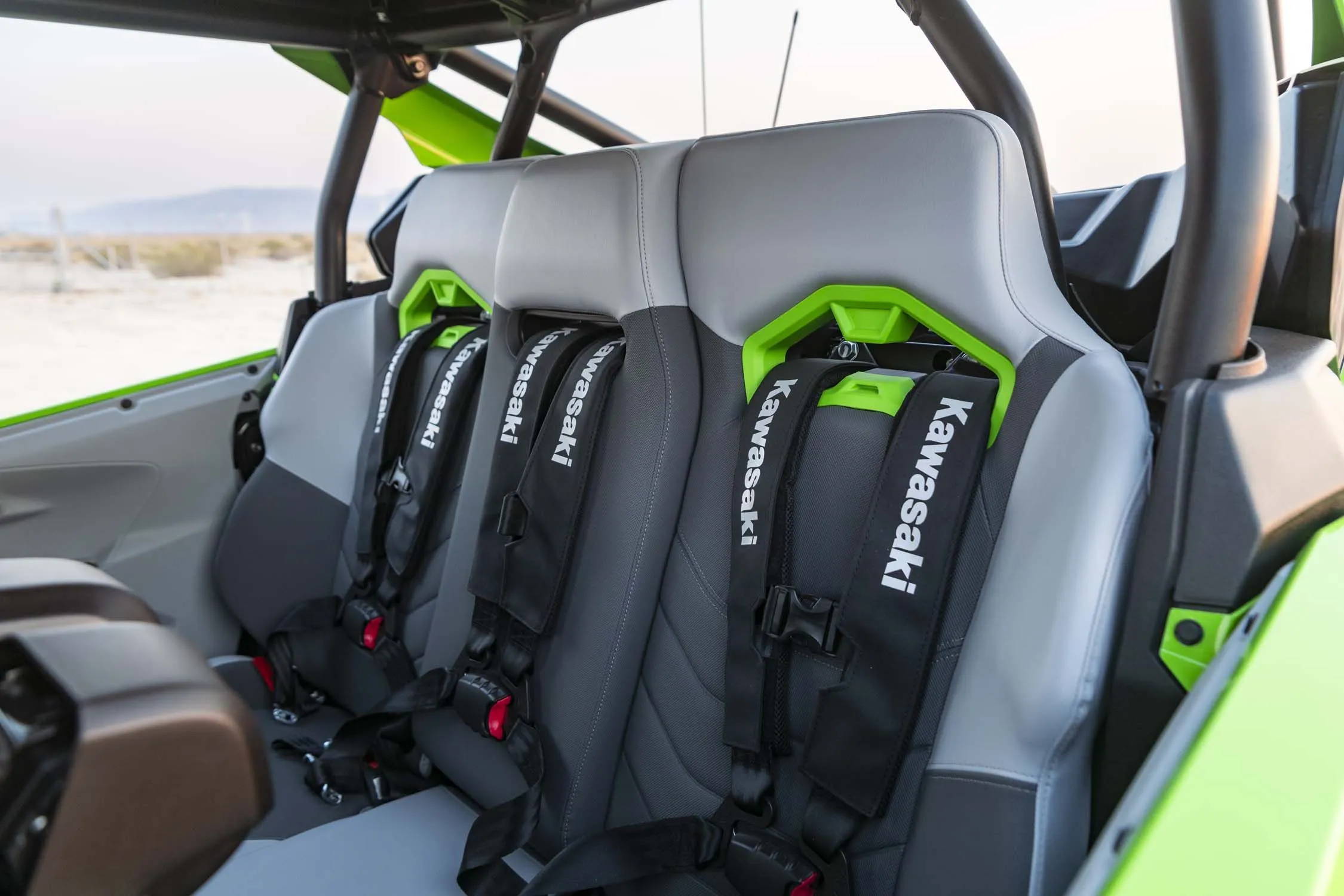

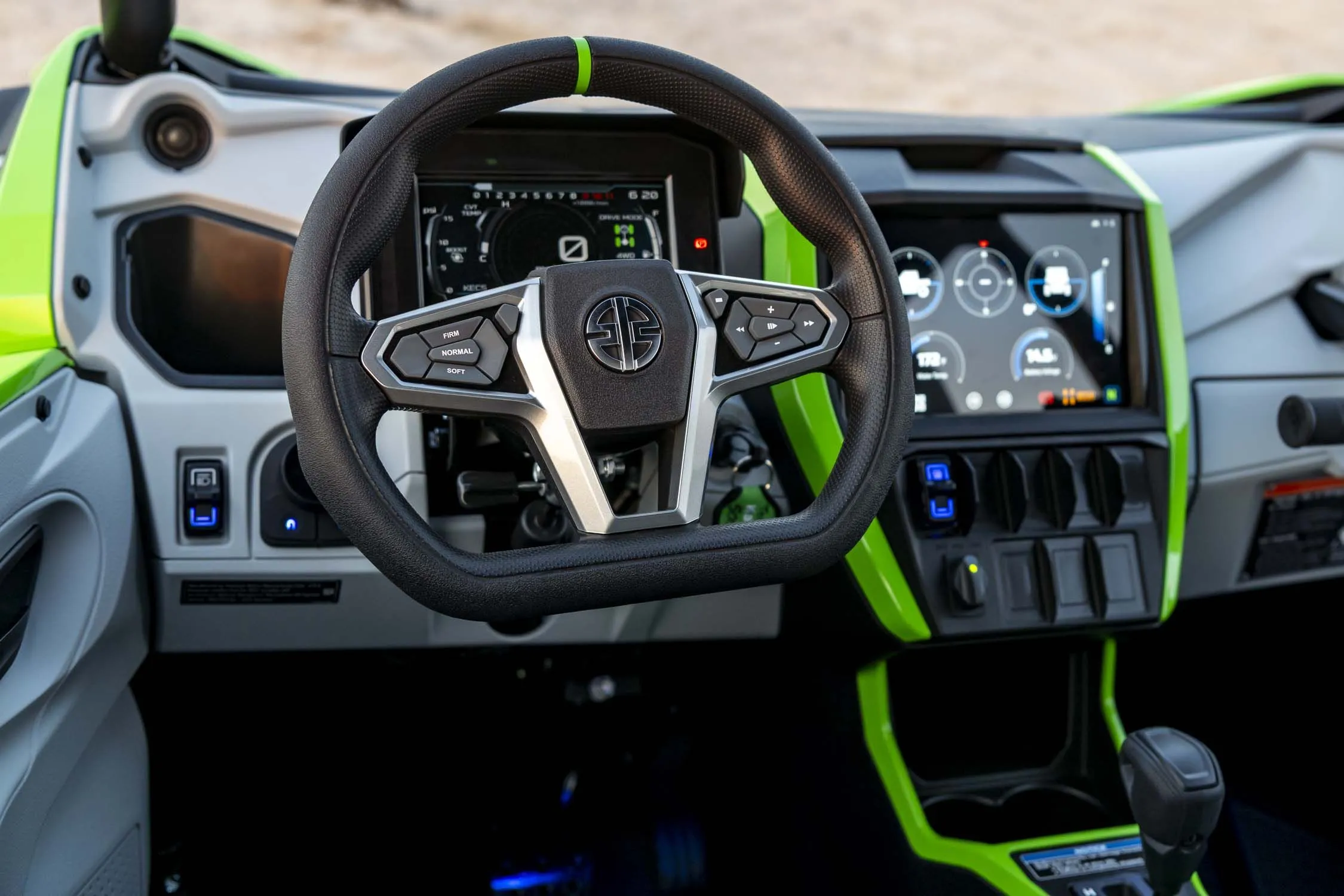


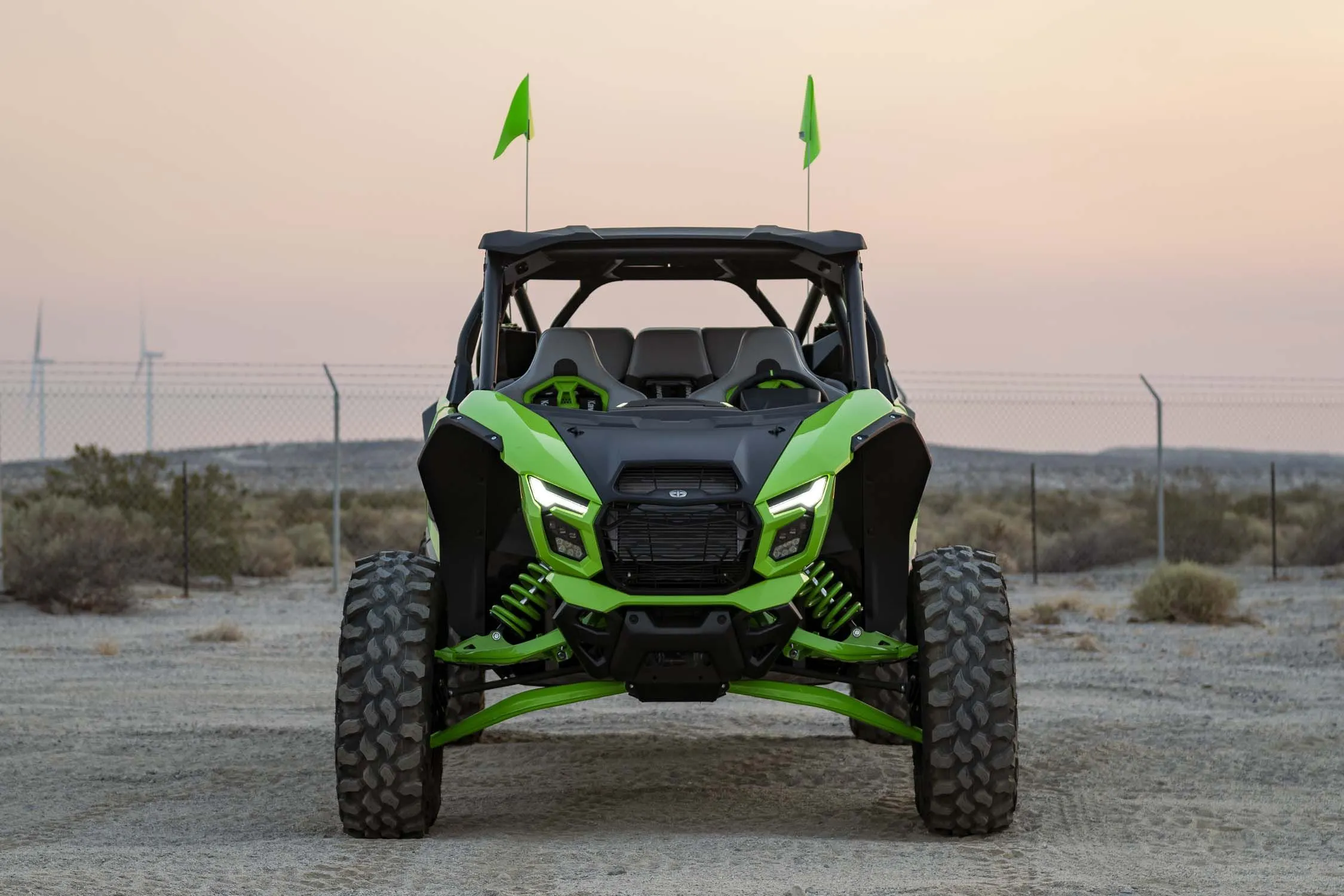
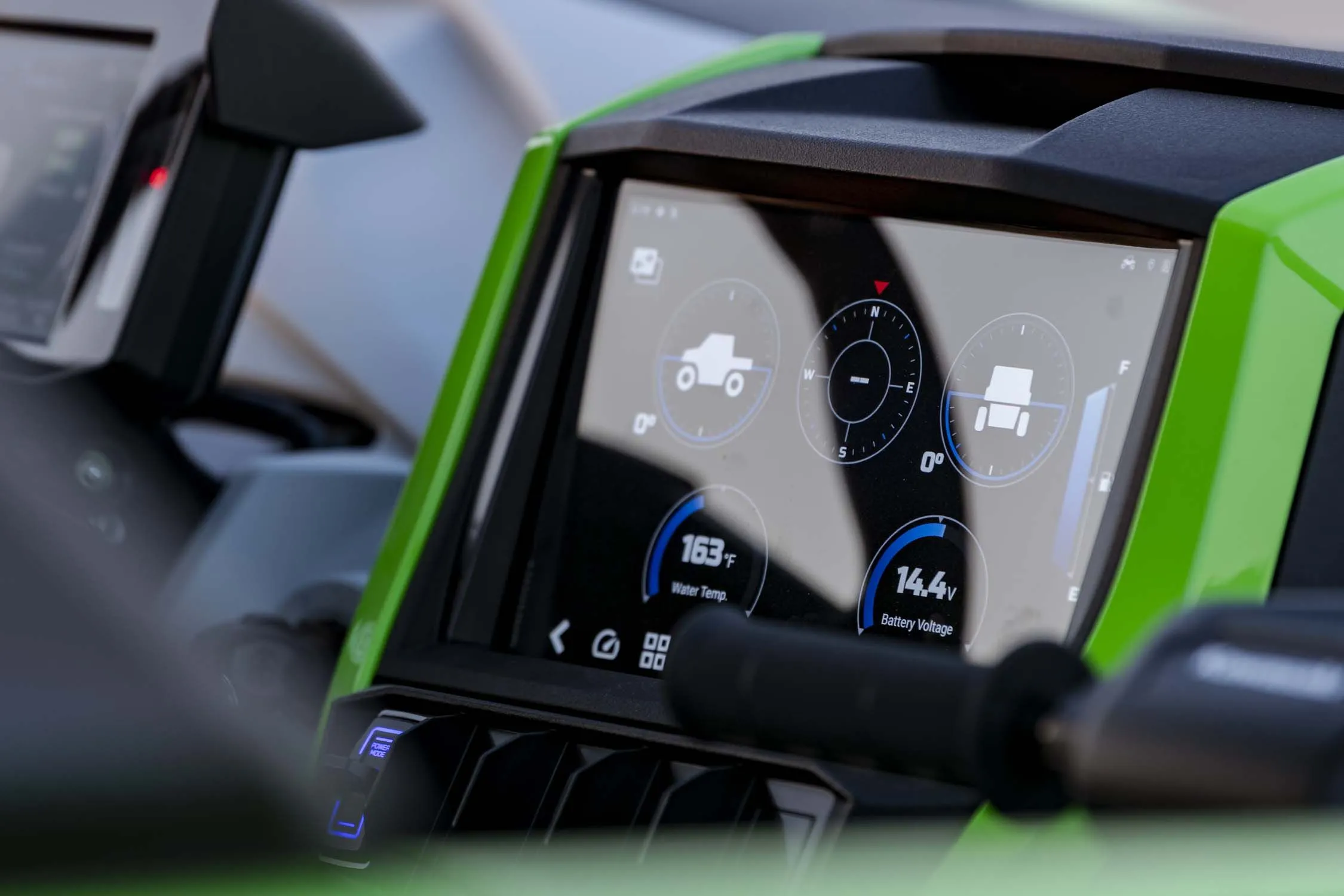

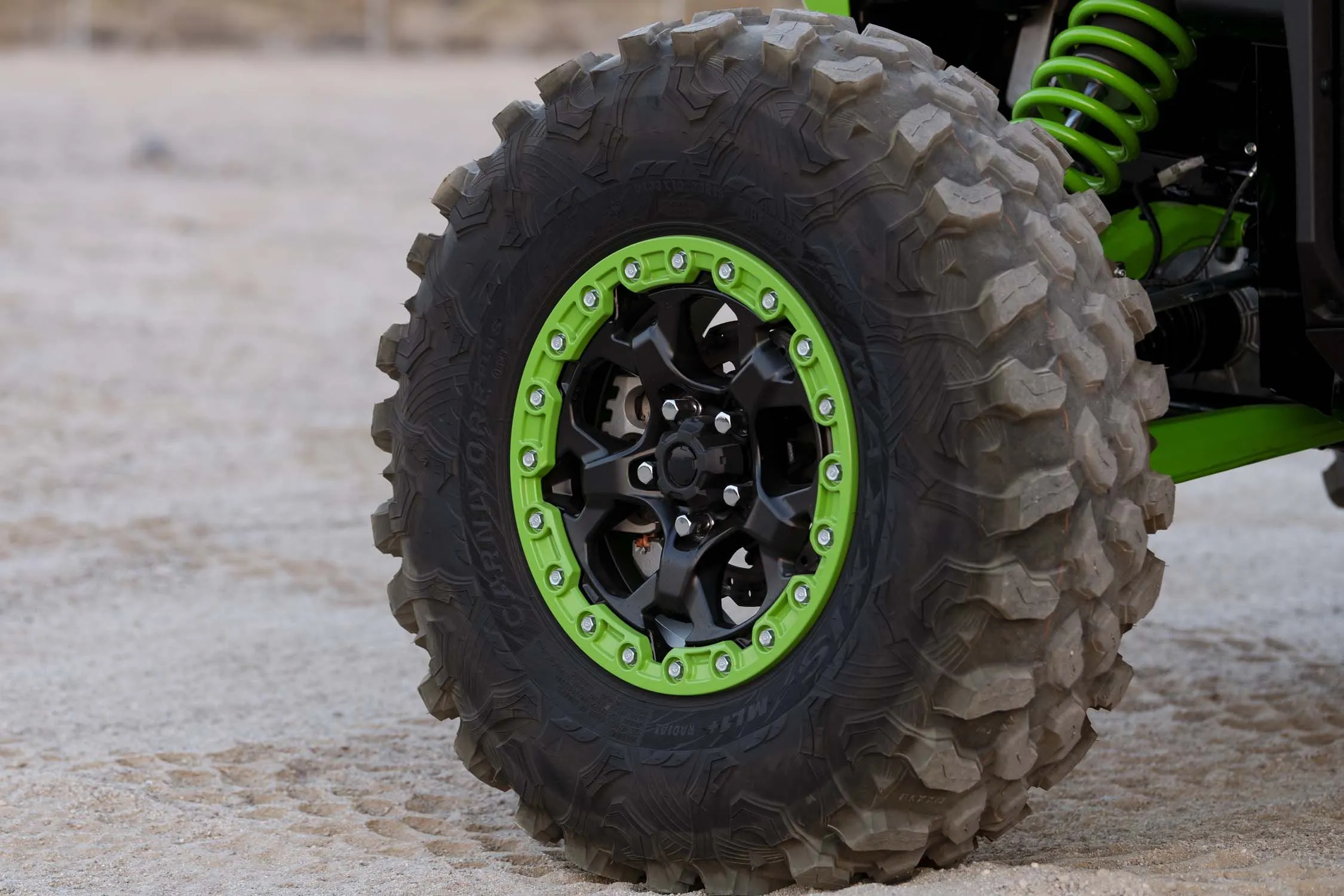
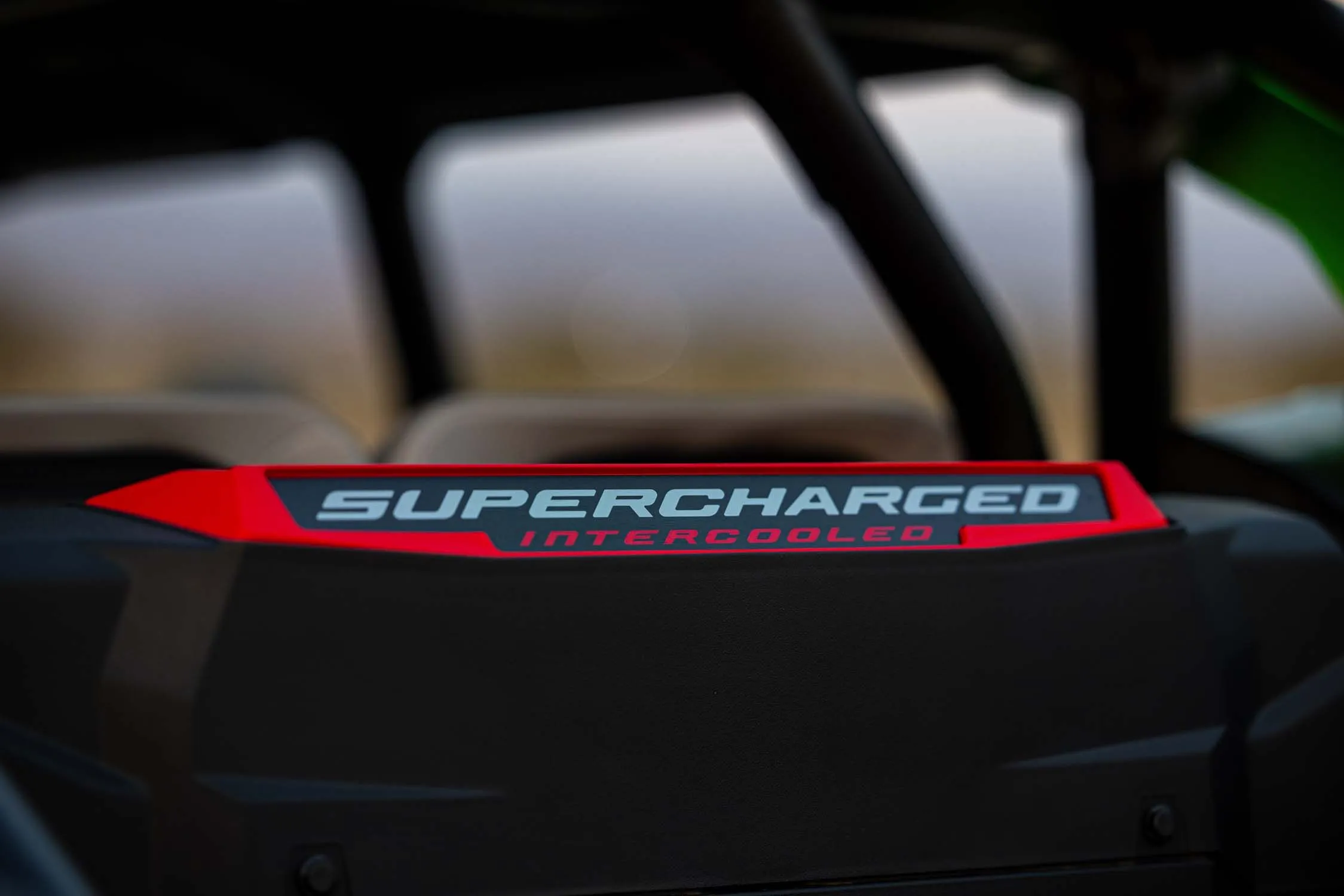
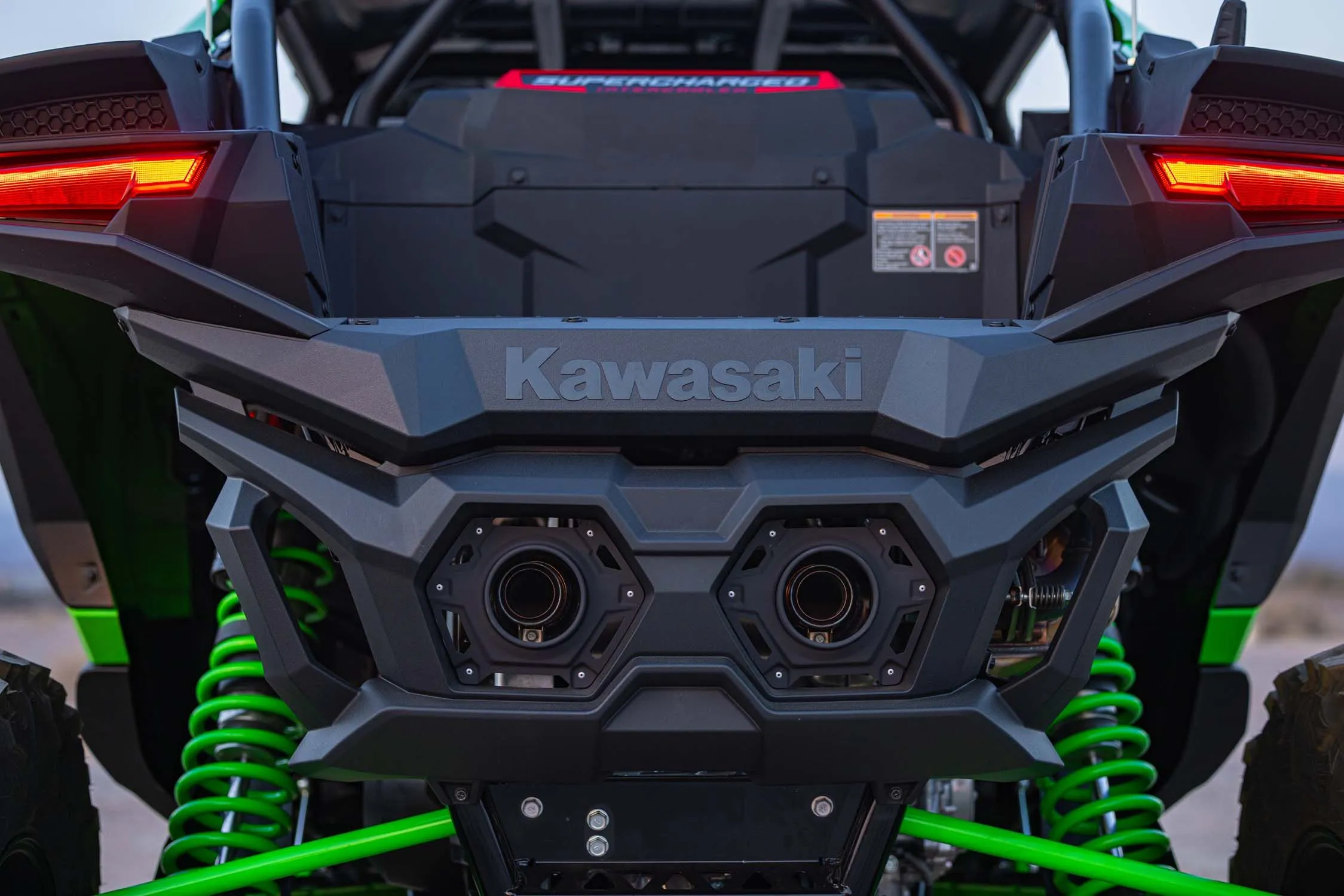
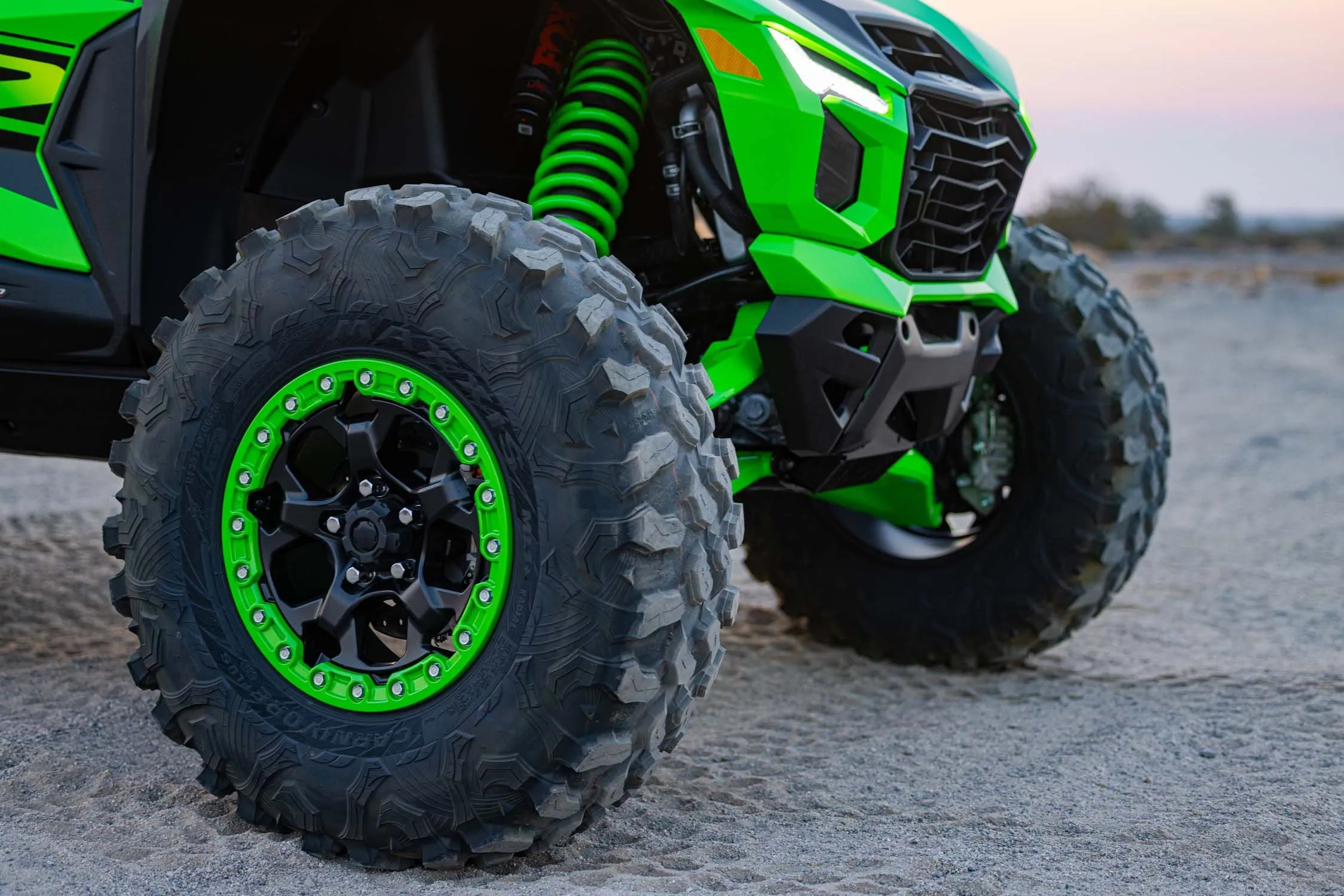
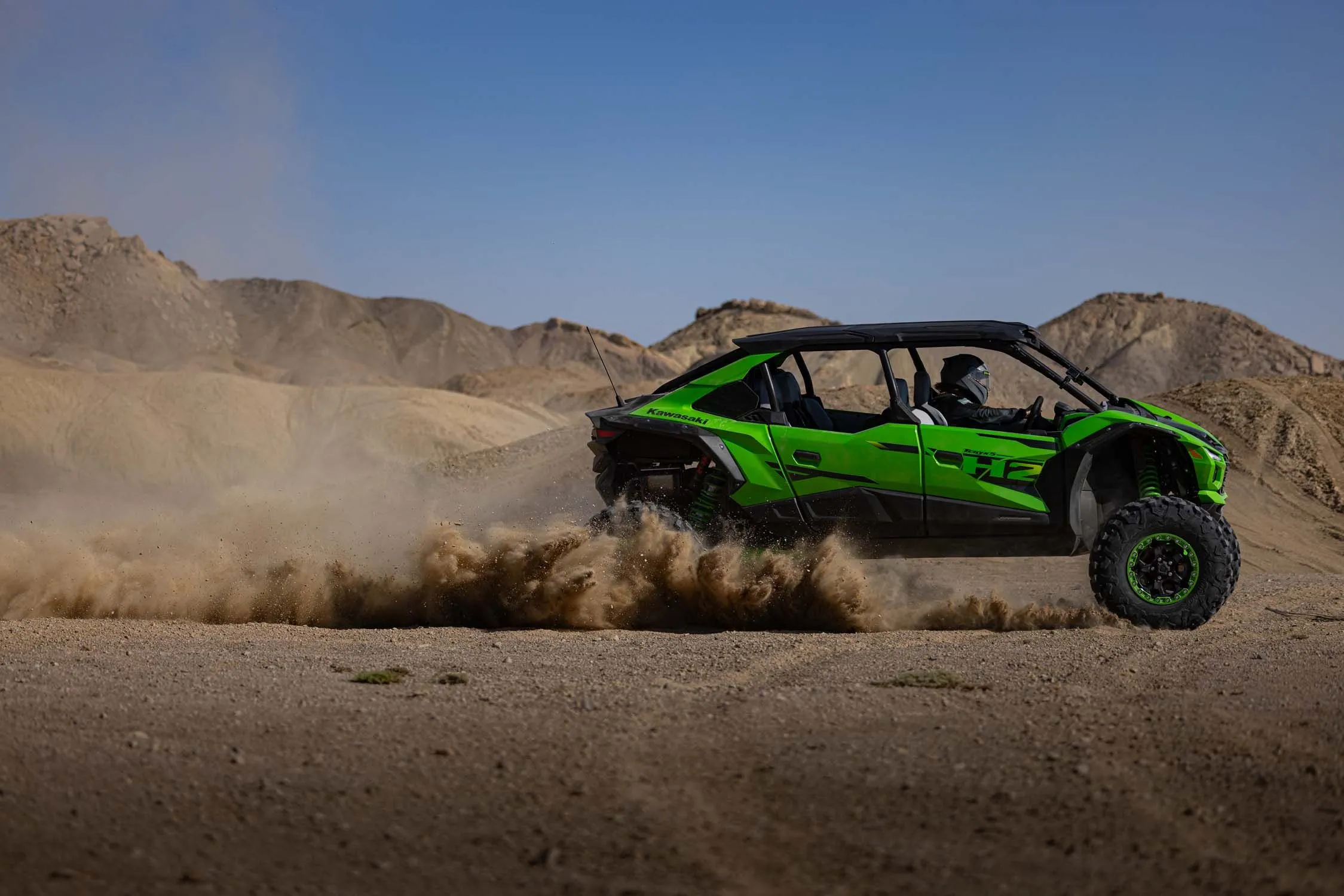
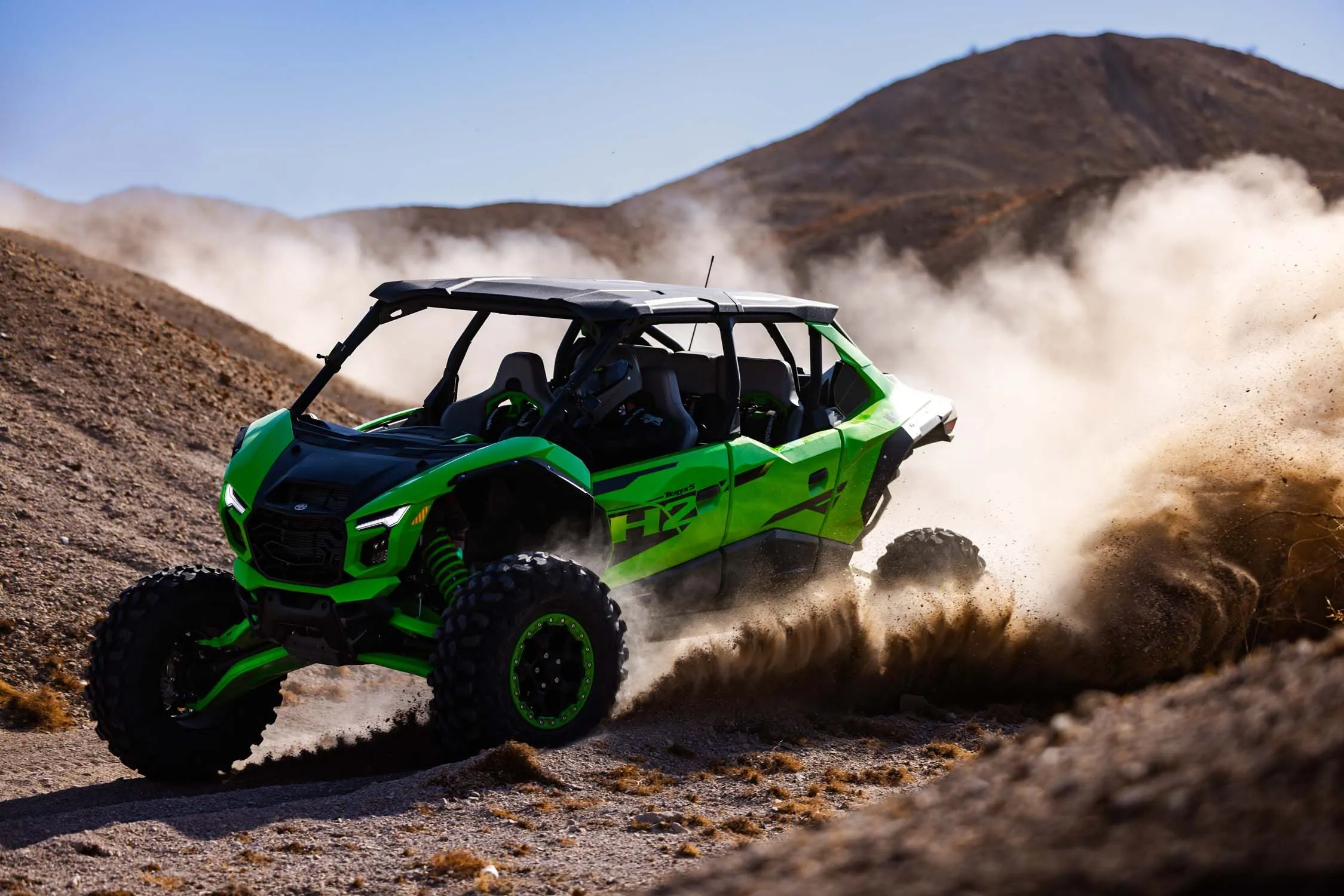
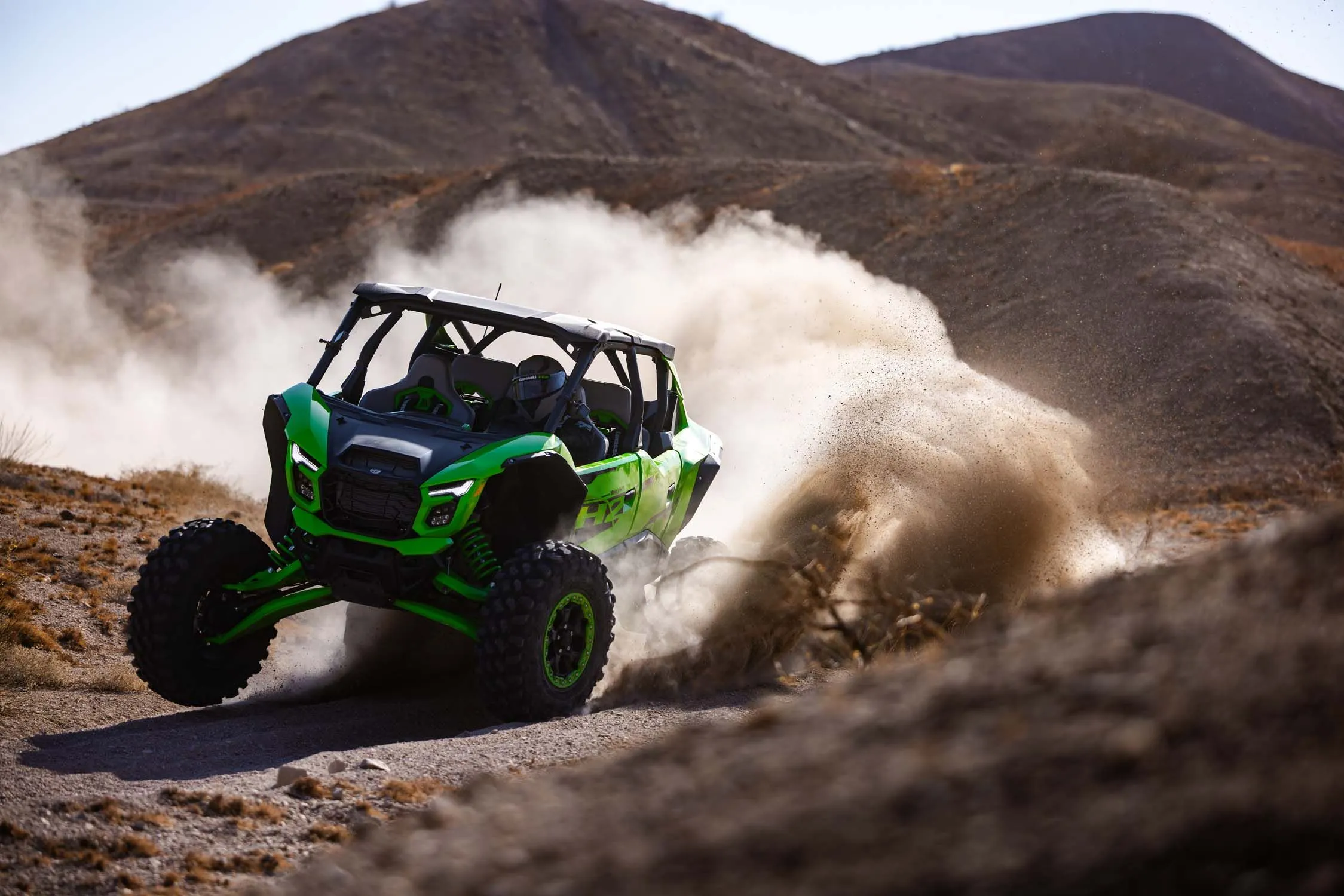
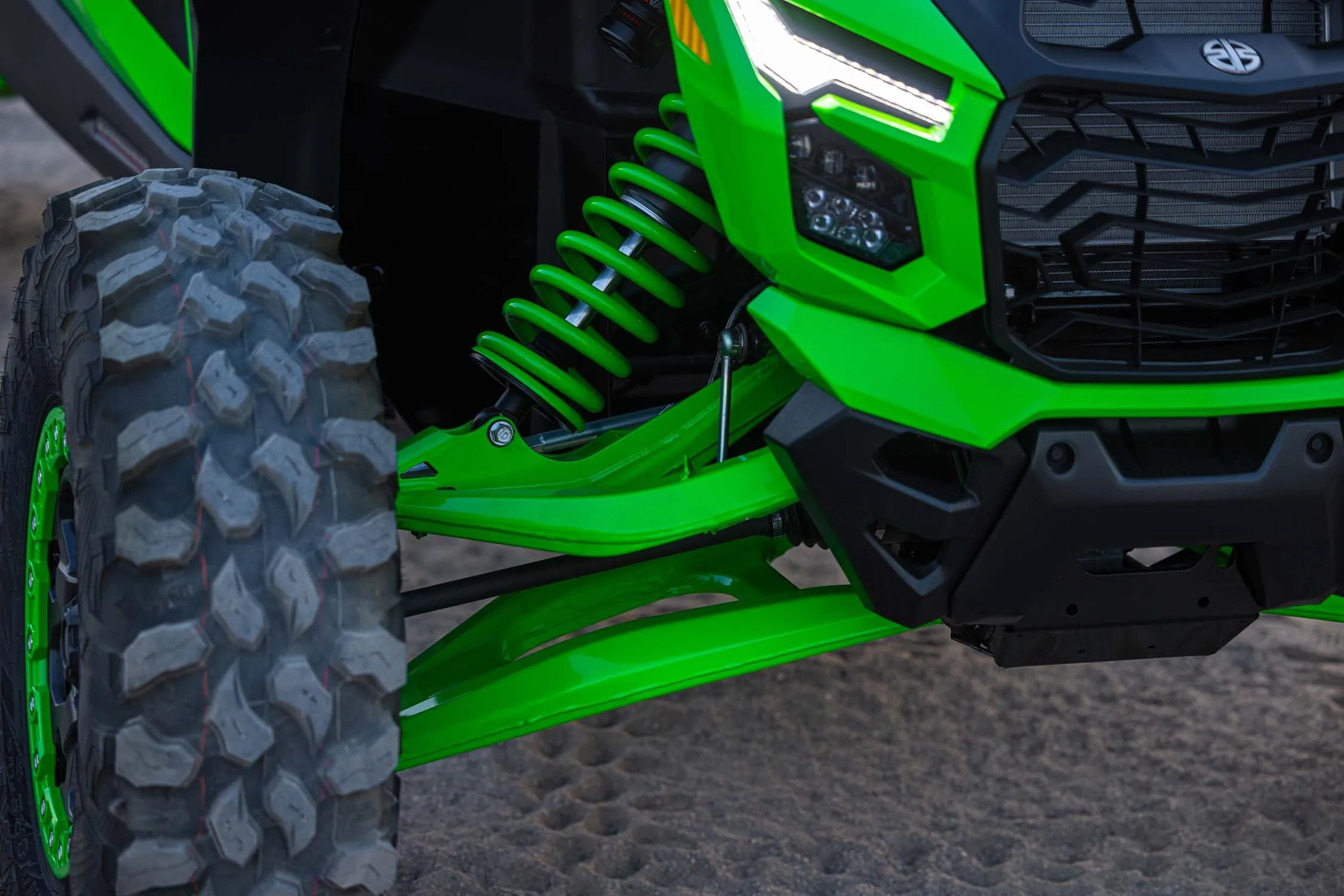
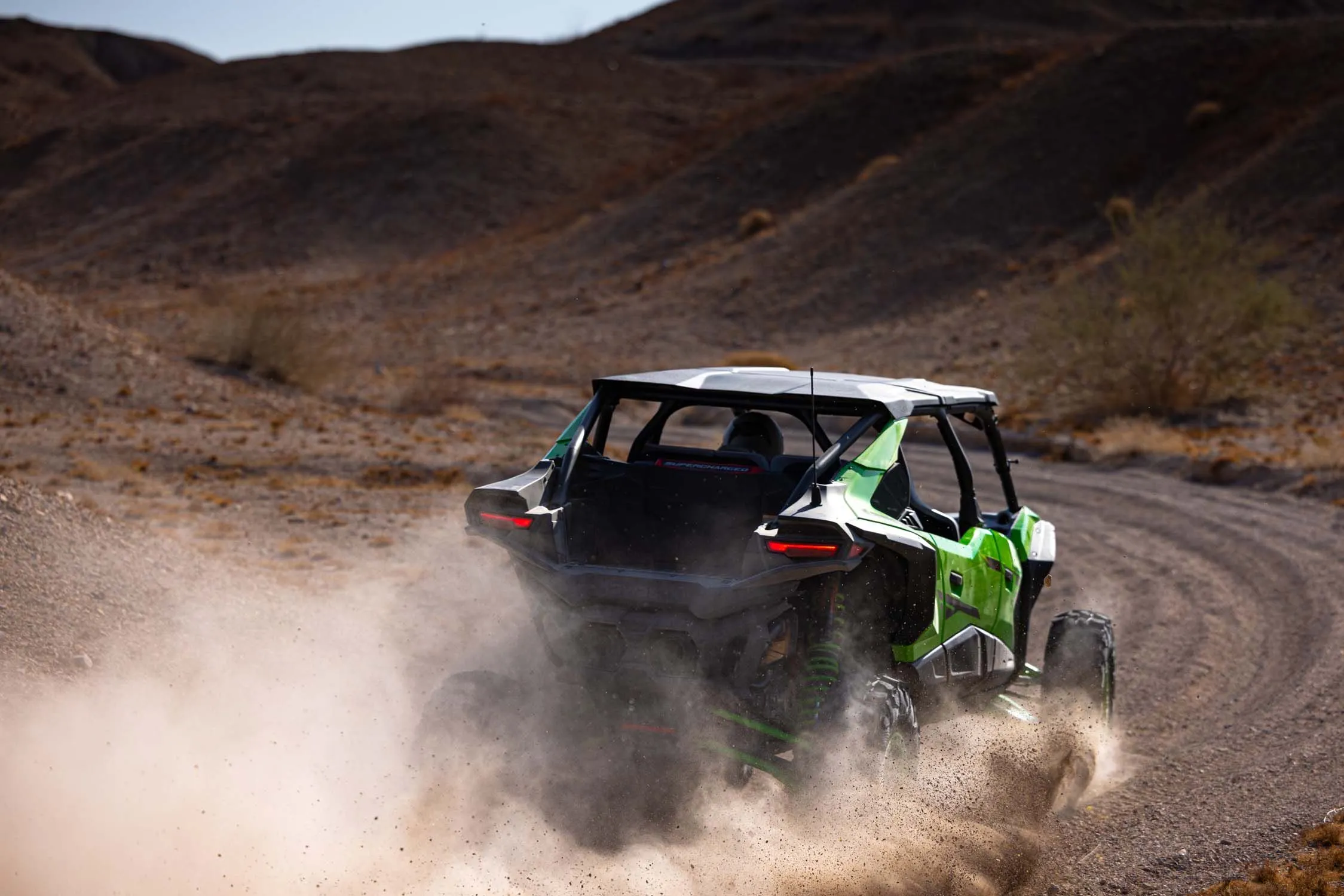
Author: Fabio Isidoro
Fabio Isidoro is the founder and editor-in-chief of Canal Carro, where he has been writing about the automotive world since 2022. Passionate about cars and technology, he began his journey on the HospedandoSites portal and today dedicates himself to creating technical content and comprehensive analyses of national and international vehicles. 📩 Contact: contato@canalcarro.net.br

